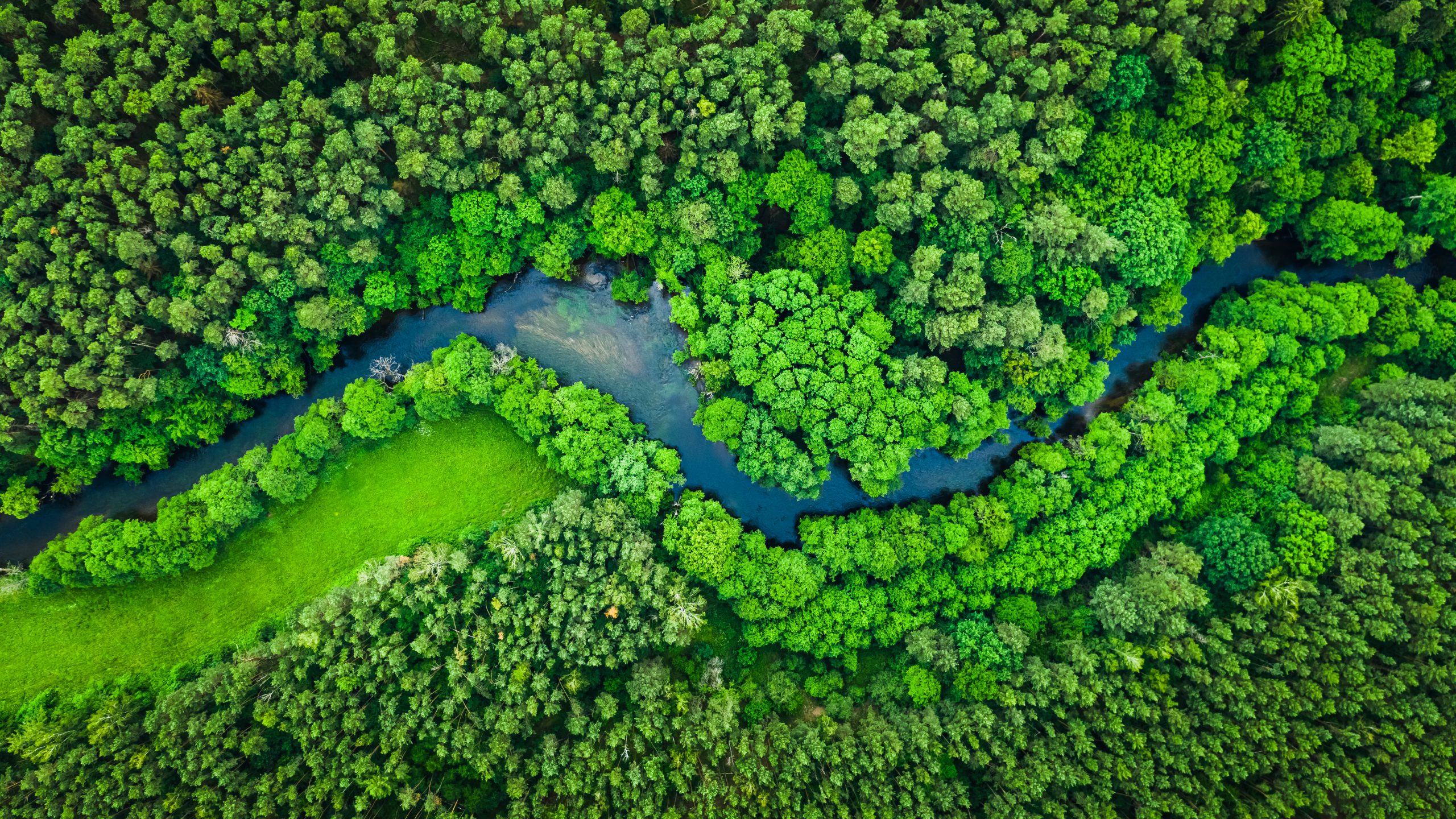News
Research shows how new global targets to protect and restore nature can help tackle climate change

News | Nov 2022
A new study has strengthened calls for coordinated action on climate change and nature loss, by calculating the CO2 emissions countries could save if they conserve and restore ecosystems on land, in line with proposed international targets for nature conservation.
It comes ahead of Biodiversity Day at the COP27 climate conference, on November 16, during which ministers, business and community leaders from around the world will discuss the current state of nature, showcase current action on ecosystem restoration and nature-based solutions and strive to inspire and enact greater commitments to jointly tackle climate change and nature loss.
The new report, Strengthening Synergies: Climate Change Mitigation Benefits from Achieving Global Biodiversity Targets, presents new scientific analysis using improved data on biodiversity and carbon stocks and sequestration, combined with modelling of land use change.
Aligning with new goals and targets expected to be adopted at the end of 2022 as part of the UN’s post-2020 global biodiversity framework, the study reveals that carefully targeted efforts to conserve 30 per cent of the Earth’s ecosystems on land by 2030, alongside restoring 15 per cent of converted landscapes, could reduce carbon dioxide emissions (GtCO2) by at least three gigatons a year.
Global discussions and commitments on the environment are increasingly reflecting the vital links between climate change and nature, underscoring the need for integrated action. The Glasgow Climate Pact at last year’s COP26 UN climate conference recognised these interdependencies and the importance of nature-based solutions (NbS), meanwhile, new global targets for nature emphasise the importance of carbon savings through NbS.
Previous work by the authors of today’s report has shown the impact for both carbon savings and species protection that could be achieved by safeguarding areas characterised as jointly important for carbon and biodiversity.
Next, the research team – made up of experts from UNEP-WCMC, the International Institute for Applied Systems Analysis and the International Institute for Sustainability – wanted to show how meeting “area-based targets” anticipated in the incoming post-2020 global biodiversity framework could affect CO2 emissions through conserving ecosystems, rather than converting land for farming or other uses, and by restoring ecosystems on converted land.
They combined novel spatial planning approaches that identify areas of global importance for carbon storage and biodiversity with powerful global land use models, as used by the Intergovernmental Panel on Climate Change, that project future emissions from land conversion over coming decades.
They found that increasing protected and conserved areas to 30 per cent of land on Earth by 2030, as suggested in the draft global biodiversity targets (the “30 by 30” ambition), while focusing on specific areas chosen for their high value for both carbon and nature, could avoid releasing 40 GtCO2 between 2030-2050.
Over the same period, restoring 15 per cent of land areas of joint importance for carbon sequestration and biodiversity could capture an extra 22GtCO2.
Taken together, these actions would reduce emissions from business-as-usual changes in land use by a third.
Ultimately, combating climate change requires serious action on emissions and societal transformation to change our consumption, energy supplies and waste. But the protection and restoration of nature has a part to play while humanity works towards those bigger solutions, and would bring so many other benefits for people and the planet – from increasing communities’ resilience to climate change, to safeguarding species, ecosystems and livelihoods.
Dr Valerie Kapos, report lead author and Head of NbS at UNEP-WCMC
Our new report shows what medium-term emissions savings are possible if we address climate change and nature loss together, through joined-up approaches based on sound spatial analysis. Decision makers, at both global and national levels, need to recognise these environmental win-wins and address climate and nature objectives in tandem.
The report details which areas of the world have the greatest potential to benefit nature conservation and climate mitigation through increased efforts to conserve and restore terrestrial ecosystems.
It reveals that Africa holds the greatest potential to avoid future emissions: increasing conservation effort on the continent in line with the proposed global area targets– rather than converting lands with high importance for nature and carbon – would save 1 GtCO2 per year from 2030 onwards. Meanwhile, Asia has the greatest potential for increasing CO2 sequestration specifically from restoring converted lands, saving 0.7 GtCO2 per year from the atmosphere if the proposed global targets are met at regional scale.
The researchers emphasise strongly that it is vital that indigenous communities and local stakeholders are involved in decisions on land conservation and management. They also stress the need for international finances for developing countries to support ecosystem protection and restoration work.
The report also spotlights related research in support of policy development in Mexico, Colombia and Argentina – where scientists have been working to model and map important areas for both nature and carbon savings, and are now engaging with governments and civil society to plan strategic conservation and restoration of these ecosystems.
Have a query?
Contact us
communications@unep-wcmc.org
